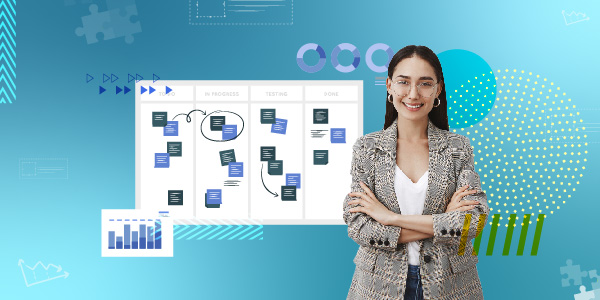
Many companies are struggling to find employees with the necessary skills, as evidenced by the frequency of their hiring efforts. However, the tight time constraints placed on HR make it difficult to achieve optimal results. Managers are increasingly frustrated with the challenge of identifying candidates who align with the company’s objectives, as no tools are available to help them assess potential hires against their standards. HR must explore new avenues to address these issues, such as incorporating HR analytics into workforce planning.
The purpose of workforce planning is to ensure that all HR goals for a hiring period are met, where analytics are used in the process to help HR and managers objectively evaluate candidates. HR analytics allows HR managers and executives to make informed decisions based on employee or workforce data. This involves utilizing statistical and technological tools to analyze essential but often overlooked data concerning individuals, leading to better management and decision-making for the company.
How Does HR Analytics Work in Workforce Planning
The analysis conducted in HR analytics is closely linked to the rate of offer acceptance, time to fill, revenue per employee, and voluntary and involuntary turnover rates. HR and other stakeholders will conduct a survey to obtain the data. Once data is collected on these factors, HR can use the results to formulate an effective hiring strategy or system. The crucial aspect of this approach is its unbiased nature, ensuring that the resulting data accurately influences the formulation of workplace planning.
Steps of Analytics-Driven Workforce Planning
To compile your HR analytics, there are several steps you should be aware of.
1. Adjust business behavior with workforce planning.
To achieve your company’s goals, it’s important to understand what they are and what obstacles stand in the way. You should investigate how demographics have impacted your hiring process, as well as why candidates have accepted or left previous positions. By analyzing this data, you can identify the necessary changes that need to be made within your company.
2. Involve stakeholders by asking for their opinions.
When assessing the workforce plan, it’s important to take into account the different concerns of stakeholders. By incorporating their considerations into the data analysis, new insights can be gained to improve the company’s workforce plan. So, it’s recommended to ask stakeholders about their concerns and make them a part of the data considerations.
3. Utilize this information for talent management or recruitment implementation.
Take note of an employee’s entry, work performance, and departure from the company. These details will be crucial in developing your workforce plan for each period. By analyzing the recruitment metrics, you can predict how long an employee will stay and determine the best time to start the recruitment process.
4. Make a backup plan based on the modeling scenario
It’s essential to have a backup plan to execute any plan successfully. Changes can occur unexpectedly, and being prepared is critical. Conducting scenario modeling by researching similar cases experienced by other companies can help you determine the best approach to problem-solving.
5. Keep monitoring the process.
Implementing workforce planning is a time-consuming task, and often HR fails to monitor it regularly. However, regular monitoring is crucial if you want to achieve the best possible outcomes. If there are any discrepancies or changes in the process, quick decisions must be made, and monitoring should be carried out more frequently. It is also important to keep a record of all changes and progress to ensure that your HR analytics remain up-to-date.
Collaborating between the HR analytics and workforce planning departments can be challenging, but the results are guaranteed to be impressive. If you struggle with data processing, don’t worry. Shortlyst is an AI-powered software that can assist you with processing performance and progress data and exporting it quickly. Additionally, you don’t need to worry about reading the data since Shortlyst includes a built-in CRM feature that converts it into easy-to-read metrics. Don’t hesitate any longer! Let Shortlyst become your partner in processing HR analytics today.